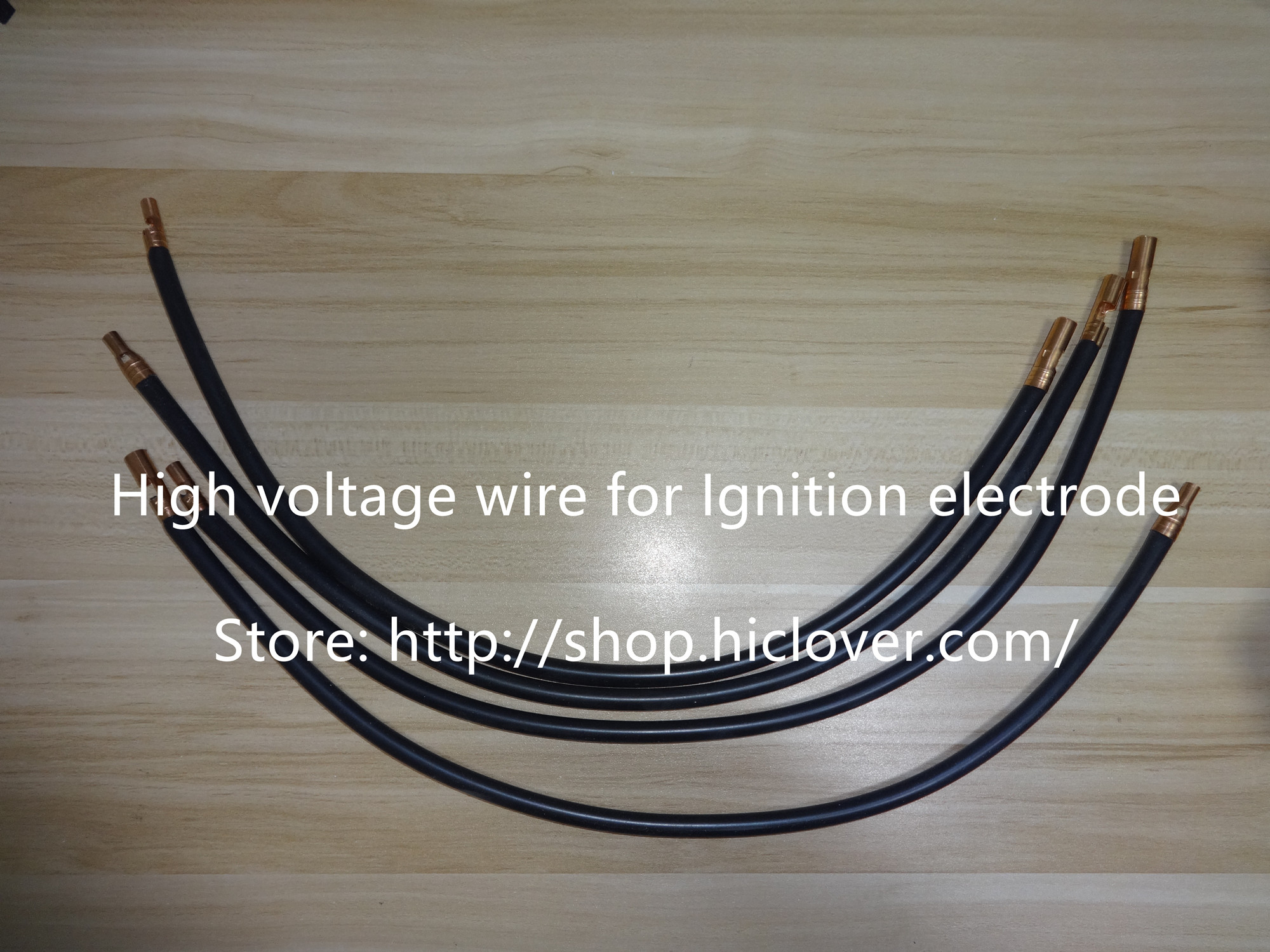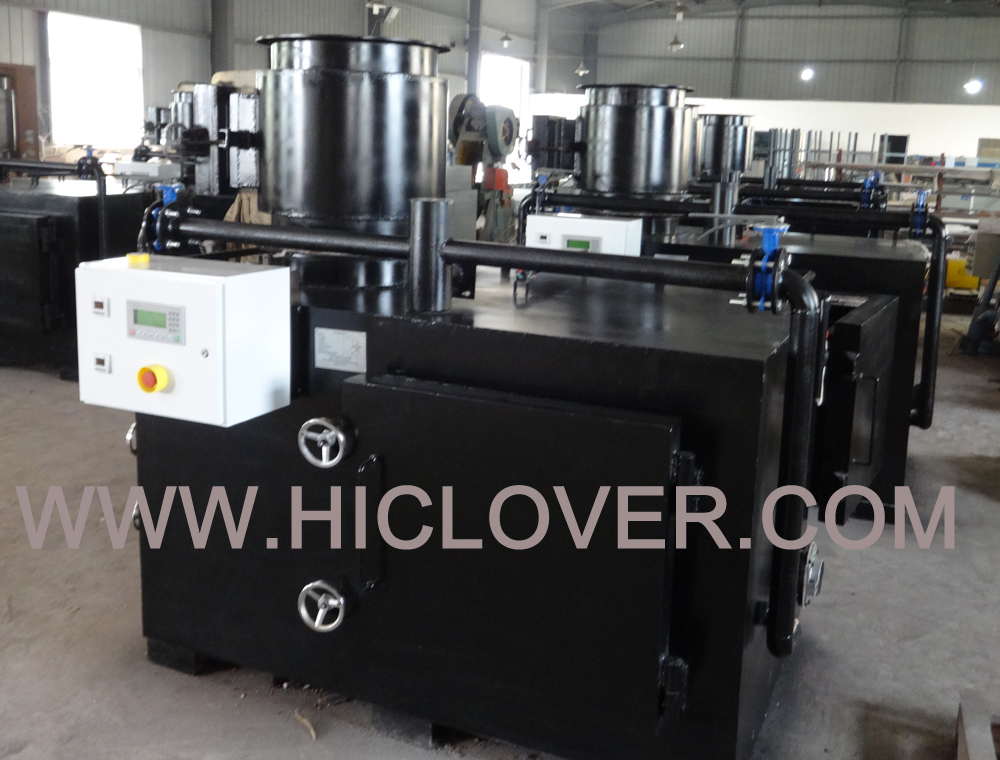Waste to Energy: Converting Garbage into Clean and Renewable Power
As the world continues to grapple with the challenge of managing its ever-growing waste, innovative solutions are being sought to not only reduce the amount of garbage being sent to landfills, but also to harness its potential as a source of renewable energy. One such solution is the concept of Waste to Energy (WtE), a process that involves converting non-recyclable waste materials into clean and renewable power.
The WtE process typically involves the thermal treatment of municipal solid waste (MSW) to produce electricity or heat. This is achieved through various methods such as incineration, gasification, and pyrolysis. Incineration involves burning the waste at high temperatures to generate steam, which in turn drives a turbine to produce electricity. Gasification and pyrolysis, on the other hand, involve heating the waste in the absence of oxygen to produce a synthetic gas or oil, which can be used to generate power.
The environmental benefits of Waste to Energy are significant. By converting waste into energy, it helps to reduce the volume of waste that ends up in landfills, thereby mitigating the adverse environmental impacts associated with landfilling, such as greenhouse gas emissions and leachate production. In addition, WtE facilities are equipped with state-of-the-art emission control technologies that ensure the clean and efficient combustion of waste, minimizing air pollution and contributing to improved air quality.
Furthermore, Waste to Energy plays a crucial role in the transition towards a low-carbon economy. By harnessing the energy potential of waste, WtE facilities contribute to the diversification of the energy mix, reducing reliance on finite fossil fuels and lowering greenhouse gas emissions. This not only helps to mitigate climate change but also supports the development of a sustainable and resilient energy infrastructure.
In addition to its environmental and energy-related benefits, Waste to Energy also offers economic advantages. By producing electricity or heat from waste, WtE facilities generate revenue from the sale of energy, thus offsetting the costs associated with waste management. Moreover, WtE can create new job opportunities and stimulate economic growth in the communities where these facilities are located.
Despite the many benefits of Waste to Energy, it is important to note that the process must be carefully managed to ensure its sustainability. Adequate waste segregation and recycling efforts are essential to ensure that only non-recyclable waste is sent to WtE facilities, thereby maximizing the environmental and economic benefits of the process. In addition, strict regulations and monitoring mechanisms must be in place to ensure that WtE facilities operate in compliance with environmental standards and do not pose any risks to public health or the environment.
In conclusion, Waste to Energy represents a promising solution to the dual challenge of waste management and renewable energy production. By converting garbage into clean and renewable power, WtE facilities play a critical role in reducing the environmental impact of waste, mitigating climate change, and supporting the transition towards a sustainable energy future. As policymakers, industry stakeholders, and communities continue to explore ways to manage waste and enhance energy security, Waste to Energy is poised to play a central role in the pursuit of a greener and more sustainable world.



